Three ways to work with p5.js
When the first alpha release of p5.js appeared in July 2014, it kicked off a hugely important development for the idea of Processing. A brief recap: Processing is now over 20 years old and was written in the Java programming language, which was very hot at the time. At the time, Java even allowed Processing apps to be embedded in web pages, but browser vendors eventually capped this feature for various reasons. In order to close the gap that this opened up and make the great ideas of Processing usable on the World Wide Web again, p5.js was developed.
Since the technologies of the World Wide Web are very complex, powerful and versatile, p5.js brings many more possibilities into play compared to Processing, but also a bit more complexity, especially when it comes to getting started with Creative Coding.
The question that arises at the very beginning is which code editor you should work with best. From my point of view there are three different possibilities, which I would like to explain here.
Option 1: The web-editor
The easiest and fastest way to work with p5.js is the official p5.js web editor. Provided you have an Internet connection, you can access it directly at https://editor.p5js.org/ and do not need to install anything to write code in p5.js. For smaller sketches and experiments this tool is absolutely sufficient. The editor basically has everything you need to get started quickly. However, if you are working on a larger project for a longer time, I would recommend you to go a step further, because with the web editor you will reach the limits at some point.
By the way, I would like to express here my greatest appreciation to the developers of the p5.js editor. Without people like Cassie Tarakajian, and the many contributors who put a lot of love and effort into the project, something like this would not be possible.
- Pros
- easy to use
- no installation needed
- works smoothly
- Cons
- all in one browser window. Can feel quite tight
- all sketches are saved in the cloud
- not that scalable
Option 2: The Processing application with p5.js mode
For those who have already worked with Processing and would like to work offline, the, the p5.js mode is interesting. It allows you to write p5.js code directly in the Processing app, which works super well according to my research. I myself would prefer the solution over the p5.js web editor, because it makes it much easier to store all my sketches on my own hard drive and not have to store everything in the editor cloud.
- Pros
- keep everything on your hard drive
- Great for people coming from Processing
- Cons
- not sure if it works as stable as it should
Option 3: An advanced Code editor like Visual Studio Code
If you are working on more complex projects in p5.js, it is definitely time for you to take a look at Visual Studio Code. Microsoft’s code editor is free, open source and extremely versatile. It is the high-end professional solution for your web projects. However, the complexity of VSCode can be quite overwhelming and if you are a beginner, I would advise you against it for now, as you should be very mindful of your motivation.
For working with p5.js there are some utilities I would like to recommend to you. First, I use the Live Server extension, which adds a button that runs your sketch on a web server. Clicking on “Go Live” opens a browser window where your sketch is running. Changes are injected directly into the browser window when you save the code, which is quite helpful.
For creating and managing p5.js sketches, there’s the p5.vscode extension by American media artist Sam Lavigne, who I really admire. Beyond that, there are many other extensions that I haven’t tried.
VSCode even has a built-in terminal, Git integration, and all sorts of other bells and whistles.
- Pros
- extremely scalable
- Cons
- most complicated
- a bit overwhelming for beginners
Conclusion
In short, for complete beginners, p5.js Web Editor is probably the best choice. The simplicity and completeness of the tool will help you not to lose the overview. While processing for using p5.js is not really popular, it is definitely an alternative with a few advantages. To really break out of the confines of the web editor, VSCode is the best choice. It’s probably the last code editor you need to learn.
What is your favorite way to use p5.js? Or is there even another, better way to do so? Please post your idea on our Discord-server to spark a discussion!
Related
 Creative Coding on a Raspberry Pi 5?
Creative Coding on a Raspberry Pi 5?
The downgrade mindset led me to another exciting experiment: The Raspberry Pi is a small and cheap computer (around 100 […]
 I don’t use Apple and Adobe anymore
I don’t use Apple and Adobe anymore
Edit: Sarah Schröerlücke This video about my transition from proprietary software and hardware to Open Source software is one of […]
 The Future of Processing – with Raphaël and Stef
The Future of Processing – with Raphaël and Stef
I have some really good news: Processing is currently undergoing rapid development! Processing community lead Raphaël de Courville and primary […]
 Deconstruction / Reconstruction – Creative Coding with Prof. Stig Møller Hansen
Deconstruction / Reconstruction – Creative Coding with Prof. Stig Møller Hansen
I am more than excited to share this session with Prof. Stig Møller Hansen with you today, whom I would […]
 CodeCrafted
CodeCrafted
When I completed my bachelor’s degree in 2013, coding was considered a marginal topic. There was a dark spirit at […]
 My new Podcast “Demystify Technology” is out!
My new Podcast “Demystify Technology” is out!
One of the most beautiful books I have ever held in my hands is “Lo–TEK” by Julia Watson, an architect, […]
 Lo-Fi Collage Machine
Lo-Fi Collage Machine
Click here to login or connect!To view this content, you must be a member of Tim's Patreon at €10 or […]
 Nico Landrieux on the Intersection of Ballet and Code
Nico Landrieux on the Intersection of Ballet and Code
I am totally thrilled to introduce Nicolas Landrieux to you today. We met a few years ago at one of […]
 Raquel Meyers – The Tool is the Message
Raquel Meyers – The Tool is the Message
Let’s begin here: A myriad of new technologies is accelerating our world at a breathtaking pace. I’m not interested in […]
 Kit Kuksenok on p5.js 2.0
Kit Kuksenok on p5.js 2.0
In 2025, both Processing and p5.js made major leaps forward in the development. I had the great opportunity to speak […]
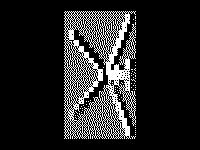 Diogenes meets Demo Festival
Diogenes meets Demo Festival
Below is the written version of my talk at DEMO Festival in Amsterdam, January 2025. I’ve also recorded an audio […]
 Omid Nemalhabib on Design within Limitations
Omid Nemalhabib on Design within Limitations
I met Omid Nemaldhabib quite coincidentally in Rotterdam in 2022. He comes from Tehran and ran a design studio there […]
 Hannah Gmeiner on Permacomputing in Graphic Design
Hannah Gmeiner on Permacomputing in Graphic Design
In an age of increasing digital consumption, Hannah, a recent visual communication graduate, explored “Permacomputing”—a sustainable approach to technology inspired […]
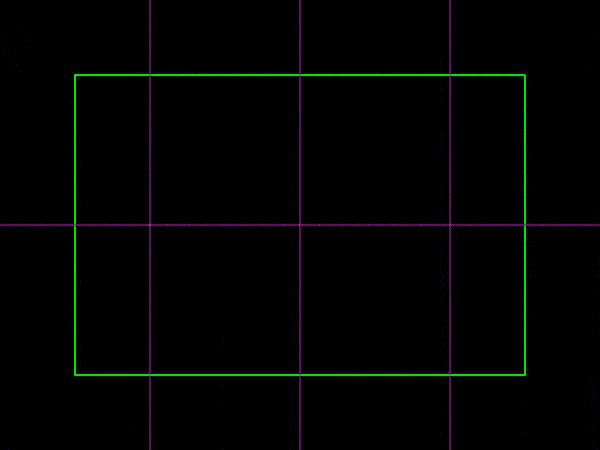 DEMO 2025 – My Submissions
DEMO 2025 – My Submissions
Limitations have always been playing a major role in my creative work; I was only able to develop my best […]
 Tameem Sankari on Creative Coding for Large Media Corporations
Tameem Sankari on Creative Coding for Large Media Corporations
In this interview, Copenhagen-based creative director Tameem Sankari shares his journey into Creative Coding, combining Processing, Blender, and Adobe CC. […]
 Sam Griffith connects Creative Coding with Enviromentalism
Sam Griffith connects Creative Coding with Enviromentalism
In this post I’d like to introduce you to Sam Griffith, a talented graphic designer based in Detroit, to discuss […]
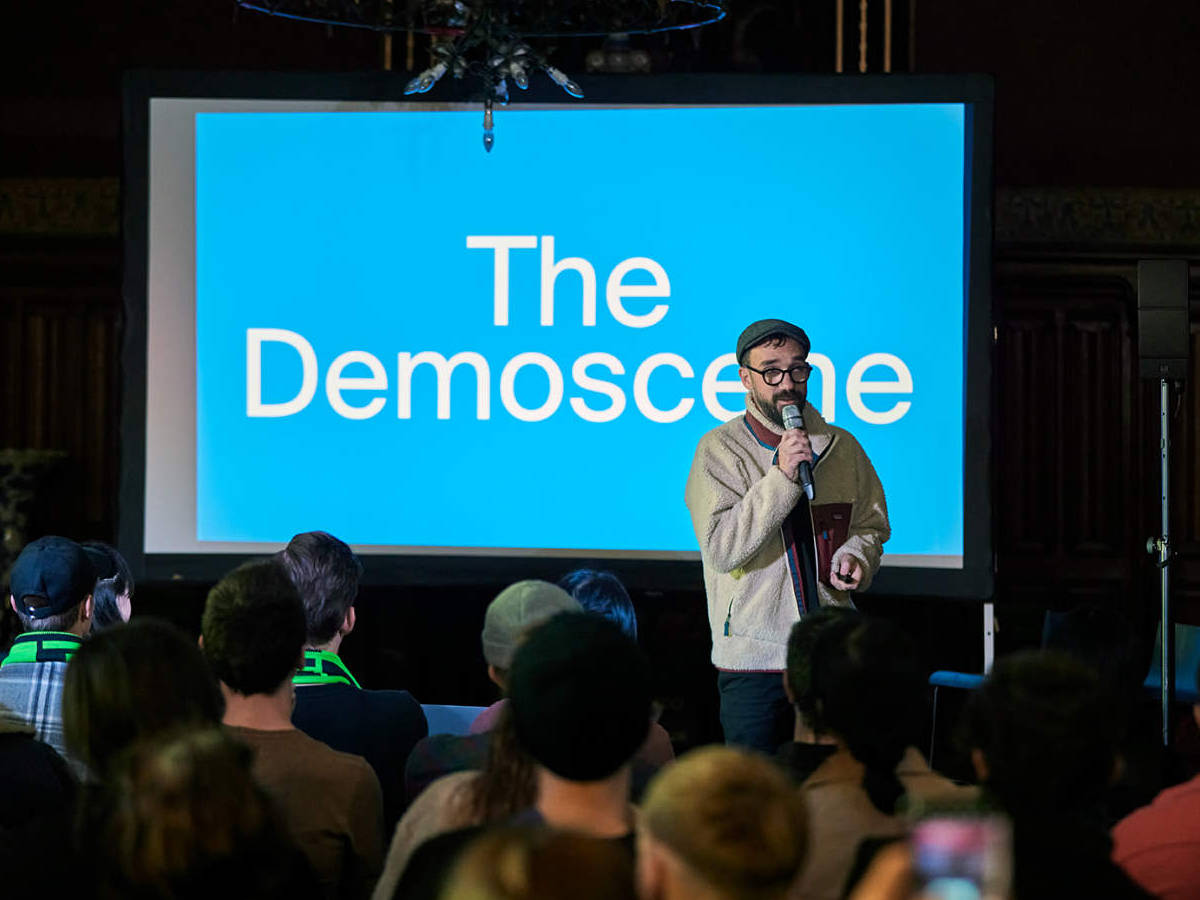 Throwback: My Talk at Demo Festival 2022
Throwback: My Talk at Demo Festival 2022
The next edition of the DEMO Festival is already approaching and I am currently developing a brand new talk for […]
 Powers of Two – 128kb by Lena Weber
Powers of Two – 128kb by Lena Weber
20 = 1 21 = 222 = 323 = 824 = 1625 = 3226 = 6427 = 128 … »In […]
 A Call for Coding Designers
A Call for Coding Designers
This is a call for coding designers. It aims to serve as a proposal and a provocation for creative work […]
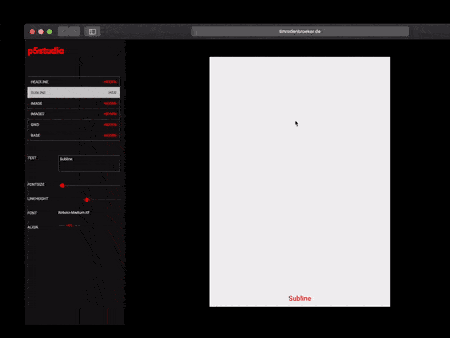 p5.js Design Tools Directory
p5.js Design Tools Directory
Hi! In this post I’ll collect case studies and direct links to tools that people have built with p5.js and […]
 A p5.js starter template for the 128kb Challenge
A p5.js starter template for the 128kb Challenge
Your 128kb journey starts here! This is a template you can use to start developing your idea within the 128kb […]
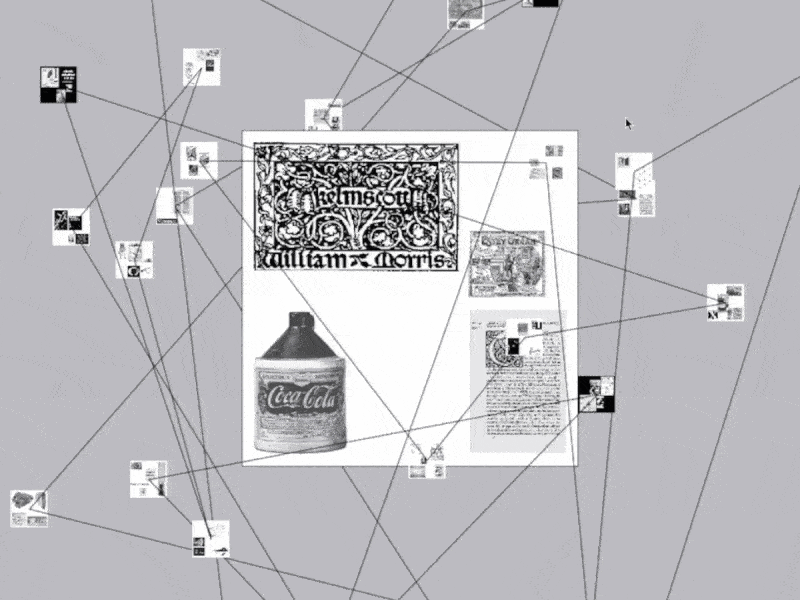 Omid Nemalhabib explores the intersection of Creative Coding and Perso-Arabic Typography
Omid Nemalhabib explores the intersection of Creative Coding and Perso-Arabic Typography
In 2022, I spontaneously posted a story on Instagram: If anyone out there is also in Rotterdam, I’d love to […]
 The 128kb Framework and its Aesthetic Characteristics
The 128kb Framework and its Aesthetic Characteristics
One day in early 2024 I started to experiment with a new idea. I wrote down a set of rules […]
 A conversation with Talia Cotton
A conversation with Talia Cotton
During OFFF Festival here in Barcelona, many interesting people come around! This interview with Talia Cotton came about almost by […]
 Lena Weber about her collaboration with A. G. Cook
Lena Weber about her collaboration with A. G. Cook
Lena: This 10-minute visualiser for A. G. Cooks album teaser featuring my python archive generator, is one of my favourite […]
 A conversation with Anna Shams Ili
A conversation with Anna Shams Ili
Hi Anna! It was super nice to meet you at the PCD CPH, I really liked your talk in which […]
 Coding Systems: New Workshop Dates!
Coding Systems: New Workshop Dates!
When I held Martin Lorenz’s new book in my hands and turned it onto its back, I was a little […]
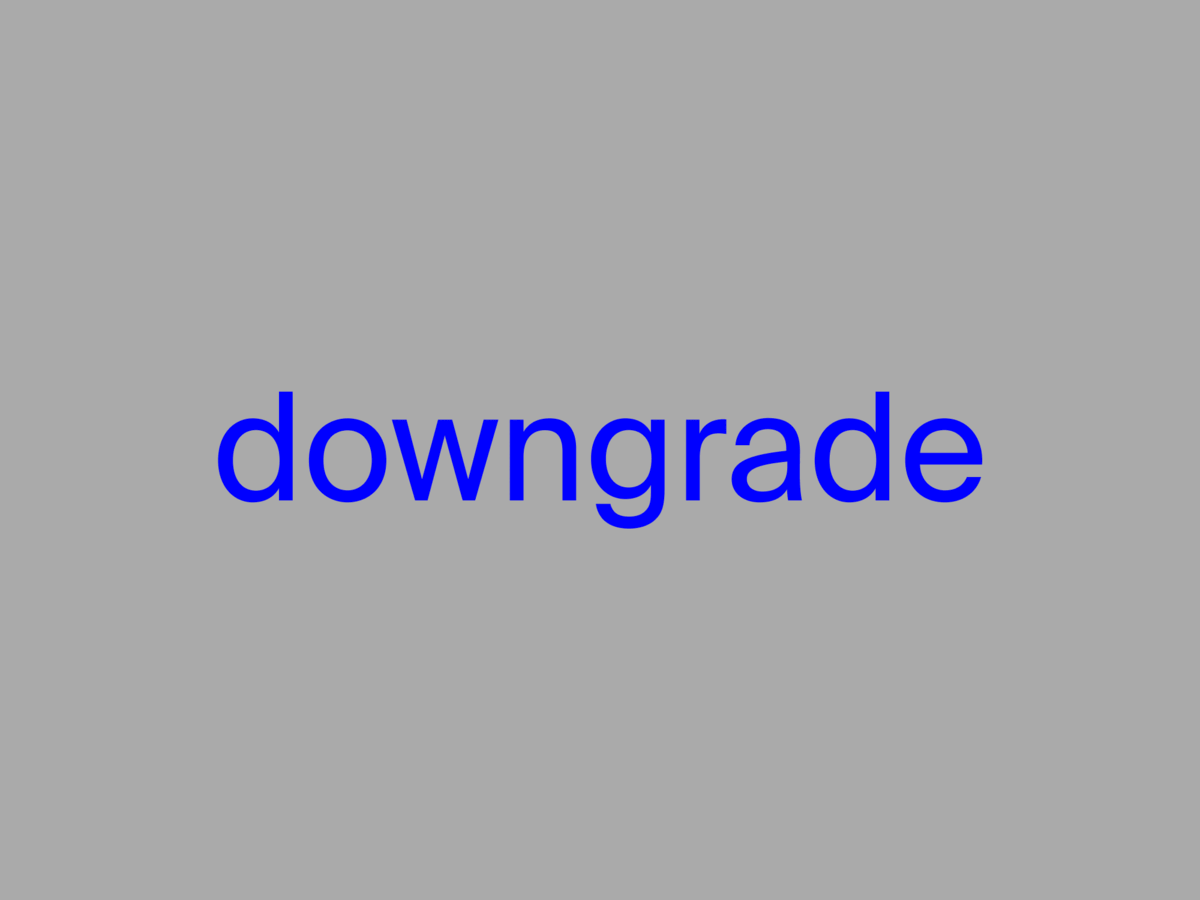 My new writing project “downgrade” is live
My new writing project “downgrade” is live
Hey folks, I hope you are doing great! You may have already read one or two of my essays that […]
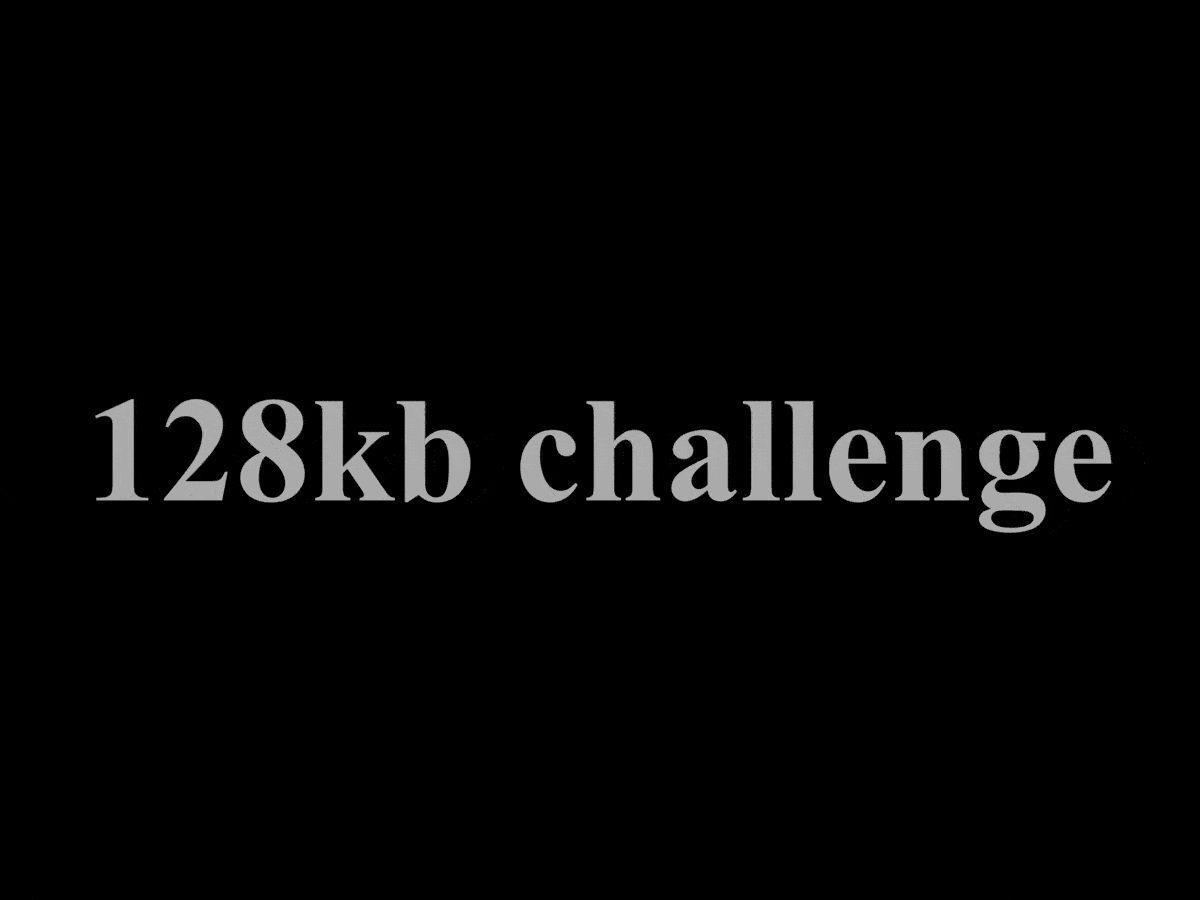 Join the 128kb challenge!
Join the 128kb challenge!
Instagram, Twitter, TikTok… All the main platforms that technically have the required features to connect emerging communies for Creative Coding […]
 Ruder Processing Unit by Kevin Koch
Ruder Processing Unit by Kevin Koch
In my teaching at universities and in workshops, I have met many very enthusiastic and highly talented people who have […]
 A reflection on Processing Community Day Copenhagen 2023
A reflection on Processing Community Day Copenhagen 2023
I’ve been travelling a lot in the last few months. Still, it was only during a short stay in Copenhagen […]
 Ksawery Kirklewski on his Symphony in Acid
Ksawery Kirklewski on his Symphony in Acid
For me, it’s by far the most inspiring project of the last few years: “Symphony in Acid”, a collaboration between […]
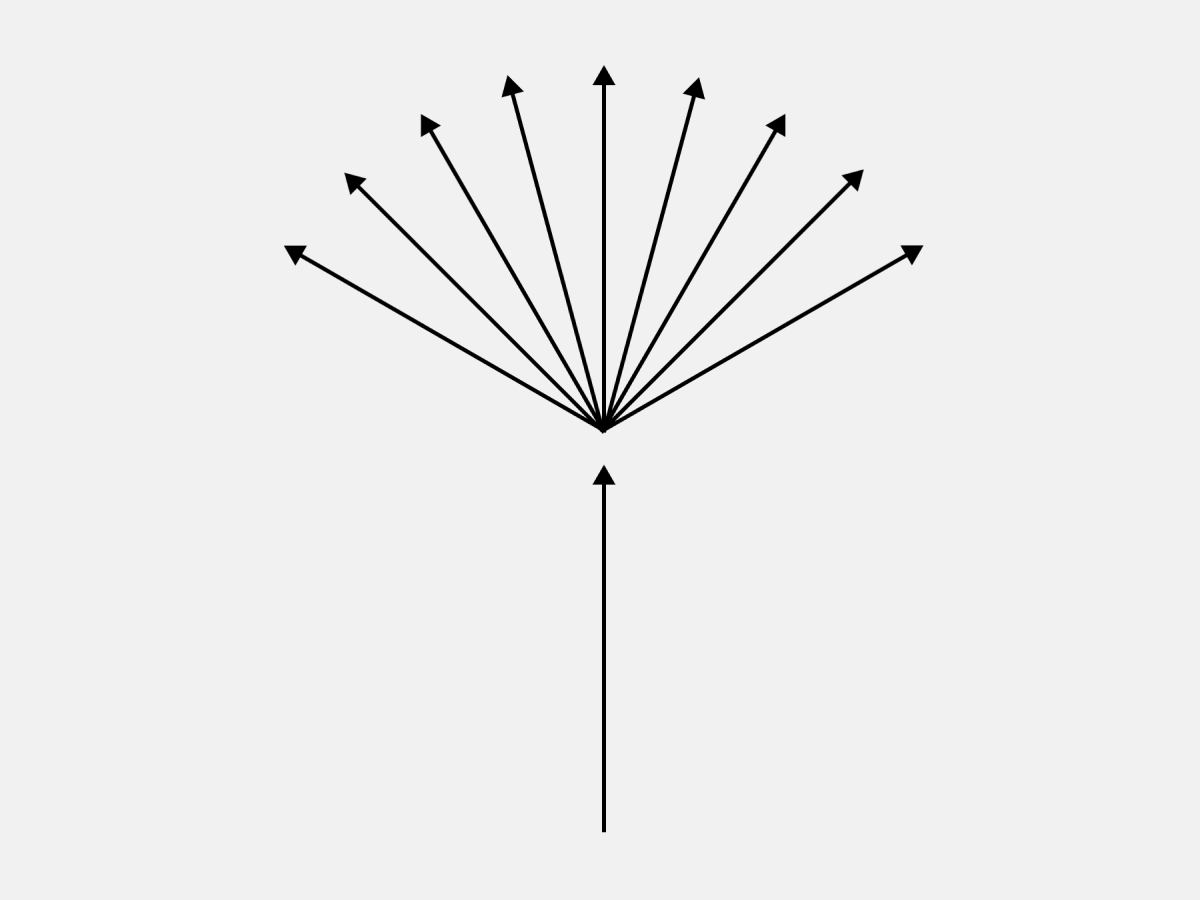 A teaching Philosophy
A teaching Philosophy
I display Creative Computation in Design as a Driver of Innovation Universities are places of free thinking, learning and innovating. […]
 Teaching through the Lens of the Tool – with Prof. John Caserta
Teaching through the Lens of the Tool – with Prof. John Caserta
On a hot day in the summer of 2024, my friend Cem Eskinazi brought a stack of books to our […]
 DJ_Dave – Raving with Code
DJ_Dave – Raving with Code
Sarah, also known as DJ_Dave, writes code to produce rave music. You might say, “Oh, I know that stuff: Algorave! […]
 The Story of 128KB
The Story of 128KB
One day in January 2024, I was lethargically scrolling through my Instagram feed on my laptop. And, as so often […]

